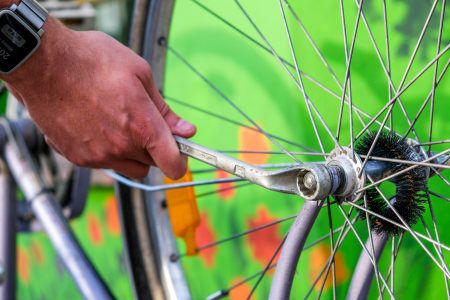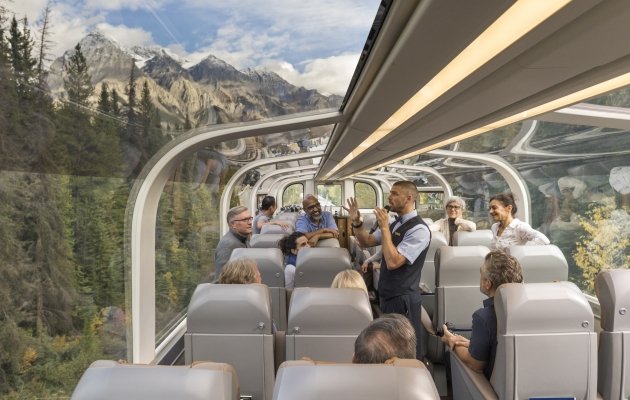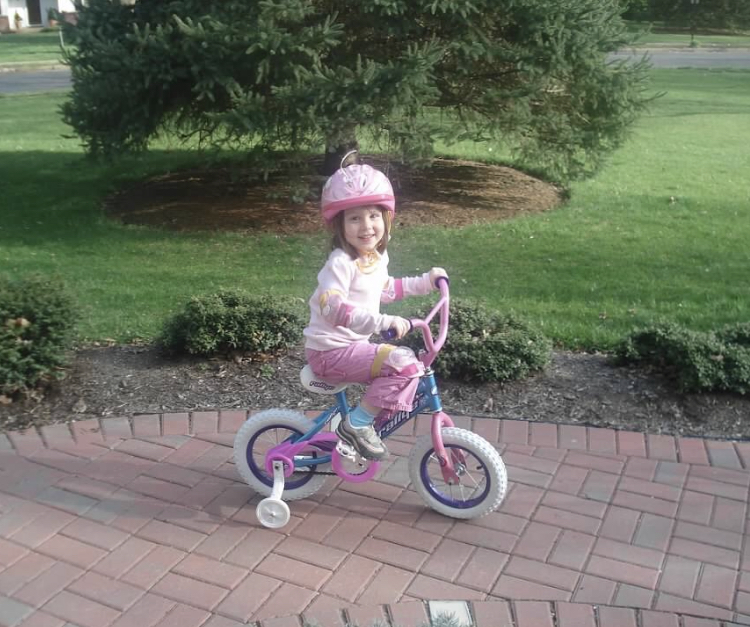Our parks are for everyone. Our state, counties, and municipalities offer wonderful places for us to experience physical activity outdoors. These are spaces where children can play, wander, and imagine. Here are some tips on how you and your family can enjoy the outdoors and stay safe.
Senses make memories.
- Sight
- Sound
- Smell
- Touch
- Taste
Our senses allow us to experience and connect to places in ways that are personal and unique. When people imagine their own neighborhood, the distinctive features that remind them of home, can be different from their neighbors. One person thinks of the aroma of a restaurant around the corner, while a neighbor may be reminded of the sounds of children playing at the local playground.
Trails vary in size. While enjoying the parks, trails, boardwalks, remember not to crowd each other. Give everyone enough space so they feel comfortable, and the only people within 6-feet from you are people that are in your household. Trails can have sections that are just narrow enough for a single person, and a variety of plants can cause discomfort, i.e. poison ivy. It’s important to be aware of your surroundings. Take advantage of a clearing if someone is approaching on a narrow trail.
Biking in Face Masks. Masks and physical distancing has been effective in decreasing the spread of COVID-19. As the temperatures and humidity rise, wearing masks can become uncomfortable. When stopped, your breath will create a warmer environment within the mask. Thankfully, when riding a bike, you may find relief as the air is forced into the mask as you breathe and move forward. Bring a backup mask on humid days. In the coming weeks, as the humidity rises, it can become more challenging for moisture to evaporate and make it challenging to get enough oxygen.
Share the Trail. Our parks are for everyone and trail etiquette is essential. Everyone should feel welcome, comfortable, and not crowded. Imagine that our trails can be used similarly to roads. When traveling, keep to the right. Oncoming trail users would have space to move in the opposite direction, and people and bikes who are moving more quickly can pass on your left side. When passing other trail users, give them warning by ringing your bike bell or by calling out, “Passing on the left.”
Masks, gloves, pet waste and other litter should not be left behind. If you are bringing food, or drinks to the park, pack up all of your garbage and dispose of them when you leave. This is what it means to “Carry in. Carry out.” Plastics are carried by stormwater and storm drains and can travel to other bodies of water.
Lastly, always check yourself, your children, and pets for ticks when you get home.
Be safe and enjoy your time outdoors.

 It’s important for all members of the family to stay physically active. With the freedom to exercise in our neighborhoods, we can still enjoy the outdoors by walking, running, and riding bicycles. With fewer cars on the road, this could be the safest time to ride. In New York and other cities, people are choosing bicycles over buses and subway cars to maintain safe physical distance from other commuters. New Jersey recognizes bicycles as a healthy transportation option and has declared bicycle shops are an essential resource during this public health crisis.
It’s important for all members of the family to stay physically active. With the freedom to exercise in our neighborhoods, we can still enjoy the outdoors by walking, running, and riding bicycles. With fewer cars on the road, this could be the safest time to ride. In New York and other cities, people are choosing bicycles over buses and subway cars to maintain safe physical distance from other commuters. New Jersey recognizes bicycles as a healthy transportation option and has declared bicycle shops are an essential resource during this public health crisis. The invention of the railroad in 1804 brought forth innovation, human expansion, and a new method of travel. Train travel helped change the course of human history in ways we couldn’t have imagined. From the B&O Railroad which was the first American company to be granted a charter to transport both freight and passengers, to the NYC subway system which has the most stations in the world, our nation is deeply dependent on this method of travel.
The invention of the railroad in 1804 brought forth innovation, human expansion, and a new method of travel. Train travel helped change the course of human history in ways we couldn’t have imagined. From the B&O Railroad which was the first American company to be granted a charter to transport both freight and passengers, to the NYC subway system which has the most stations in the world, our nation is deeply dependent on this method of travel.
 Learning how to ride a bike is a rite of passage. Teaching someone to ride a bike is another. The event is ingrained in our memory and in some cases documented on video or photo for prosperity. If you are planning to teach your child how to ride a bike, here are tips to help make the milestone safe, memorable, and hopefully successful!
Learning how to ride a bike is a rite of passage. Teaching someone to ride a bike is another. The event is ingrained in our memory and in some cases documented on video or photo for prosperity. If you are planning to teach your child how to ride a bike, here are tips to help make the milestone safe, memorable, and hopefully successful! UPDATE: The deadline for submission is May 1, 2020. You may also scan and email the bookmark to programs@kmm.org. We ask that you mail the original copy at a later date.
UPDATE: The deadline for submission is May 1, 2020. You may also scan and email the bookmark to programs@kmm.org. We ask that you mail the original copy at a later date. Hello, more sunshine and daylight! This Sunday, we will move the clocks ahead one hour. Along with the extra daylight and sunshine can also bring sleepy, tired folks. Here are some tips to help you prepare and adjust to the change.
Hello, more sunshine and daylight! This Sunday, we will move the clocks ahead one hour. Along with the extra daylight and sunshine can also bring sleepy, tired folks. Here are some tips to help you prepare and adjust to the change.